With widespread wildfires raging around the world, and particularly on the west coast, many of our thoughts have turned to masks. We’re all already wearing masks to help with the pandemic, but are those masks effective against wildfire smoke, or are they just not enough?
The Dangers of Wildfire Smoke
Wildfires burn everything in their path, quickly and indiscriminately. That means anything they burn is something that can be reduced to fine particles and carried in the smoke. You’re not just breathing the smoke from burning wood; you might also be breathing in chemicals, heavy metals, and other dangerous particulates. Wildfires burn cars, houses, waste sites, and anything else they reach, and all of that stuff can be carried in the air.
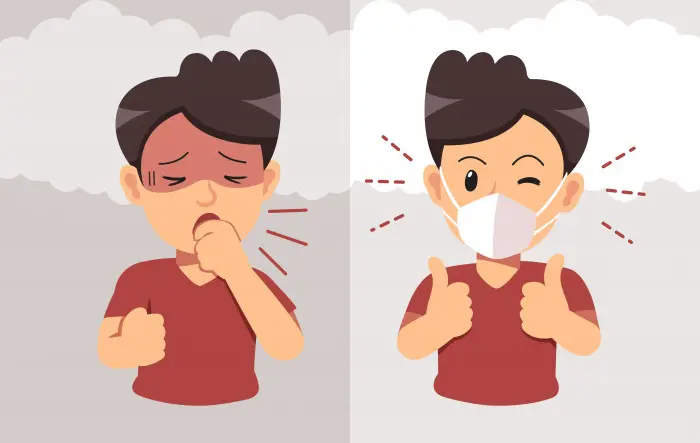
There’s a lot of stuff in wildfire smoke, and it isn’t all visible. Some of it only lingers in the air for a day or two, while other components can float around for weeks. All of it can be dangerous. It causes coughs and irritation, but worse, it can also suppress the immune system and lead to a variety of long-term diseases.
Government Recommendations
The best defense against wildfire smoke is isolation. That’s why it’s generally recommended that you stay at home, indoors, with doors and windows closed. This limits how much smoke and particulate matter gets into the air you’re breathing.
Of course, this isn’t always possible. Some people live in areas with high temperatures in the 90s or 100s, with no air conditioning. Some people don’t have access to house filters. Many live in zones where they may be asked to evacuate at a moment’s notice.
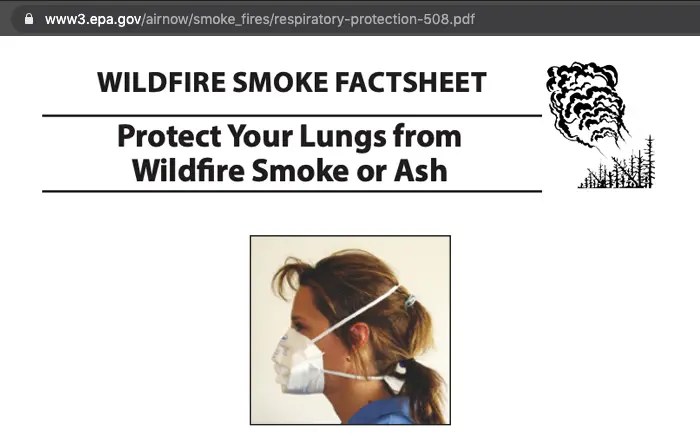
The CDC and The EPA have a few recommendations for protecting yourself from wildfire smoke:
- Monitor your local air quality index. You can view this data on this site, both by looking up your zip code and by viewing an interactive map. The worse the air quality index, the more you should isolate and protect yourself.
- Keep any household filters (such as the one on your air conditioner) clean. Depending on where you live, this may mean cleaning them multiple times per day.
- Use an air filter. Air filtration devices such as HEPA stand filters can purify the air in a given room, helping to reduce the particulate in the air you’re breathing indoors. As with household filters, make sure to clean the filters on your air filter device frequently.
- Avoid anything that adds or kicks up dust in the air. For example, smoking or burning candles adds to particulate in the air. Vacuuming will kick up the dust that is already in your house and will make the air quality worse.
- Wear an appropriate mask.
The language, wording, and protections on masks are tricky, especially with counterfeit masks (which we’ll get more to in a bit). For this reason, the government will only ever recommend full respirators that they specifically have certified, and they are generally are clunky and uncomfortable.
Is it possible that other masks can protect you, even if they haven’t been certified? Absolutely – but you have to know what kind of mask you’re wearing, and how to use it properly.
Ineffective Masks
Let’s start by clearing the air, so to speak, about the masks we’re all wearing for COVID-19. Cloth masks are by far the most common today, because of supply chain issues in the production of better masks. Cloth masks work for COVID-19 because even though virus particles are incredibly tiny, the virus is carried on droplets of moisture, which is caught by the masks. After all, it’s much larger.
Unfortunately, cloth masks alone are not effective against wildfire smoke. Even tightly woven cloth is not a fine filter; the gaps between threads are large enough that small particulate can pass through them.
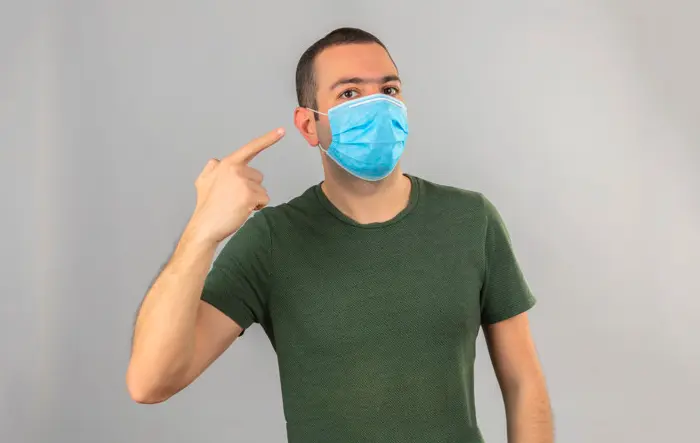
Likewise, paper masks are generally not effective. They’re useful in a medical setting to block moisture and droplets, but if an airborne pathogen is identified in a medical setting, the patient is often isolated and more robust masking systems like a PAPR are used.
People who wear ad-hoc masks like washcloths, bandanas, neck gaiters, and other sorts of loose cloth coverings are also protecting others around them against the pandemic, but they aren’t effective against wildfire smoke. They simply don’t filter particulate small enough.
Another consideration is cleaning. A filtering mask has a filter that is meant to be disposed of when it becomes clogged. Cloth masks don’t have filters, nor do paper masks. When they’re clogged up, you either need to clean them or dispose of them. Wildfire smoke is going to clog up and contaminate these masks a lot faster than casual use for COVID-19, so they require a lot of maintenance. Again, though, these disposable paper masks are rarely going to provide sufficient protection against smoke inhalation, so they shouldn’t be used for this purpose.
Alternative Masks
The difference between masks recommended by the CDC or OSHA, and masks that might work, is certification.
For a mask to get certification from NIOSH/OSHA, the government health and safety arm, the mask has to make it through a large battery of tests. These tests check how well the mask filters both oil and non-oil particulate, how long they last before needing replacement or cleaning, and how well they seal against the face
In particular, a proper seal against your face is the first step. If you look at the full list of certified masks in each category, from N95 to P100, you see that all of those masks have gaskets that press tight against the face and seal. This forces the majority of the air that you breathe to go through the filter. If your mask has holes in it or doesn’t fit securely against your face, it’s not going to do a very good job at preventing smoke inhalation.
Because of this, the government will never recommend a mask that they haven’t certified. This is in part a liability thing, and in part to ease confusion. It’s a lot easier to say “get an N95 or greater mask” than it is to qualify that statement with several paragraphs of exceptions.
The reality is that there are masks that can filter the air you breathe at a rate equivalent to an N95, but which have not been certified, and thus don’t end up on lists of recommended masks.
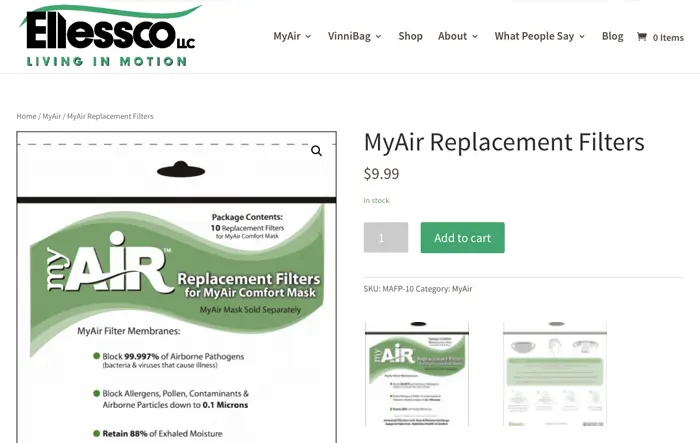
Cloth masks alone are not effective, but some cloth masks allow for replaceable filters, which are effective. These filters work in a way that is nearly identical to the filters in certified masks, but because they are inserted in cloth masks rather than full face-sealing respirators, they don’t have official certification. They are also a lot more comfortable for sustained use, especially for people who have to wear them at work, and more attractive looking.
The tighter the face seal on the mask you’re wearing, the more protected you will be, when you have a filter in place. You want to make sure the filter can filter out particulate of 2.5 microns or smaller. This isn’t usually a tall order – most filters will do it – it’s just a matter of finding the right mask and filter combo.
So what could go wrong if you’re wearing a filtering but non-certified mask when you’re exposed to wildfire smoke?
As long as it has a clean filter, proper fitment, and a tight seal around your face, nothing. Your mask is only as effective as your filter, which is why checking and replacing your filter often essential. You’ll begin to notice that your face mask is getting more and more difficult to breathe through, and it may even start to change colors. This means you need to change the filter immediately, as it has lost effectiveness. The more polluted your air quality is, the more often you’ll have to change out your filters.

Cloth masks with filters are ideal for things like a commute to work or a shopping trip, or for workers who want a more comfortable mask option, but they aren’t going to offer the same protection as if you’re on the front lines fighting the fires. Of course, if you’re actively fighting fires, you probably have much better protective gear on hand.
Recommended Masks
The government recommends N95 or greater masks to protect yourself against wildfire smoke. N95 is the “weakest” type of certified mask. It means it has passed tests that prove it can filter out at least 95% of non-oil particulate down to a certain size, about 0.3 microns.
For reference, something like cement dust is around 3 microns at its smallest. Tobacco smoke ranges from 4 to 0.01 microns in size. The most dangerous stuff in wildfire smoke is “P2.5”, or particulate of 2.5 microns and smaller. Viruses can be anywhere from 0.03 to 0.001 microns in size. Oxygen, the molecule you need when you breathe, is 0.0005 microns.

Mask classifications are tested against a range of controlled and uncontrolled particulates, of both oil and non-oil-based varieties. N-class masks protect against non-oil particulate, while P-class masks are oil-proof. The number – 95, 99, 100 – is the percentage it filters out. You can read a more detailed breakdown of the classification system here.
When the government recommends N95s for wildfire smoke – which they do, on both the federal level and on the state level – what they’re saying is that any certified mask will offer sufficient. You simply need a mask that has the appropriate level of filtration.
If it doesn’t have a filter, and it isn’t forming a seal around your face, the mask does not have an appropriate level of filtration.
Heavy-Duty Systems
There are a variety of other kinds of masks that protect you against more than even a P100 can. These tend to have even finer filters, or even provide their own branded air tanks so that you don’t have to worry about filtering the air at all. You can use these systems, but in most cases, they will be overkill. For example:
- Gas Masks, also known as cartridge respirators or air-purifying respirators, are head-covering masks that also protect the face and eyes from gas that can be caustic or otherwise dangerous to come into contact with. They typically use self-contained canister filters rather than built-in filters like N95 particulate masks.
- PAPR systems are Powered Air Purifying Respirators and are a combination of a face-covering mask similar to a gas mask, but with a separate filtering unit that uses power and a pump to supply you with clean air.
- SCBA masks, or Self-Contained Breathing Apparatus masks, provide their own clean air supply. You know them as scuba diving systems.
All three of these kinds of systems are a bit overkill for casual use, and probably not something you’re going to want to wear to the grocery store. Living in an area with a high air quality index puts you at risk of wildfire smoke exposure, but that doesn’t mean you need to buy a whole set of scuba gear just to keep yourself safe. In reality, an N95 mask will suffice, and often times a cloth mask with a clean filter will work equally well.
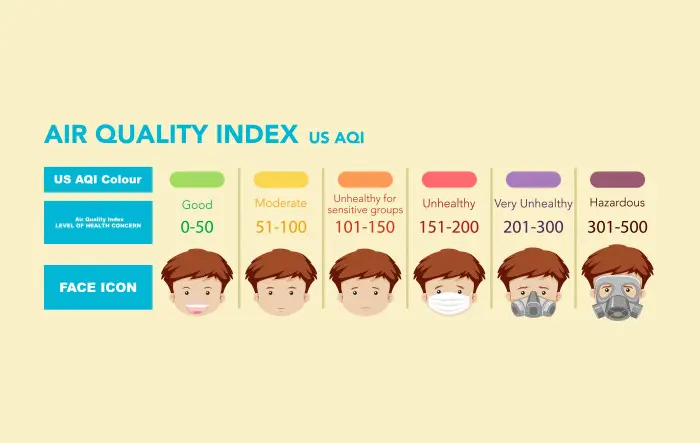
At the end of the day, it depends on the purpose of the mask, how long you’ll be wearing it, how comfortable you want it to be, and how bad the air quality is in your area.
You only need these kinds of systems if the smoke is so bad that you can barely see, and even then, if you’re not actively fighting the fire, you should probably be evacuating instead.
Additional Information
One thing you should be aware of is the counterfeit market that has sprung up around masks in the last six months. With COVID-19 forcing everyone to wear masks and promoting N95s as the go-to important mask, a lot of shady people have started making masks that claim to be N95s (but aren’t).
The CDC warns that counterfeit masks may not protect you to the extent that they promise. They may still have adequate filtration for some uses, but they are not certified when they claim to be, and that can cause liability issues. They’ll even have the N95 label on the packaging, even though they do not have any sort of certification. You can read more about this issue here.

At the end of the day, if you’re concerned about wildfire smoke, the best thing you can do is stay indoors with an air purifier that you clean regularly. Evacuate if you need to.
If you’re in an area with smoke, and you need to go out, wear a securely fitted mask with a clean filter. You’ll want to make sure it adequately covers the nose, mouth, and chin, and if it’s anything longer than a short trip, you may want to bring some extra filters along with you.
Avoid relying on cloth-only or paper masks, as these will not filter or protect you from wildfire smoke. They’re better than nothing at all, but not by much, so make sure to limit your time exposed to smoke if these are the only masks you have available.
Additionally, learn to recognize the symptoms of smoke inhalation, and how to deal with them while you wait for medical attention, if necessary. Keep yourself safe, first and foremost.

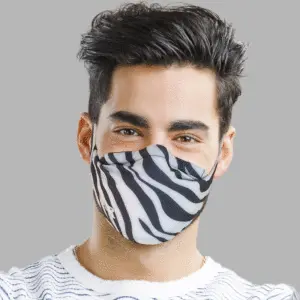
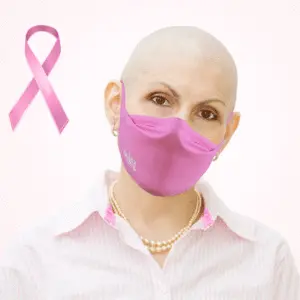

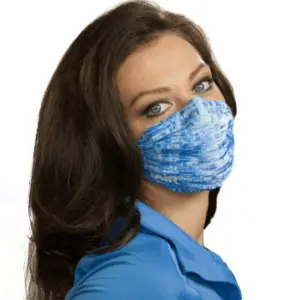
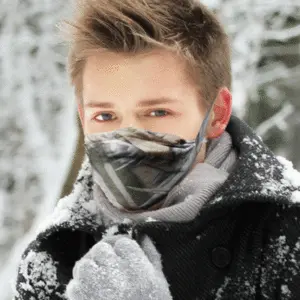
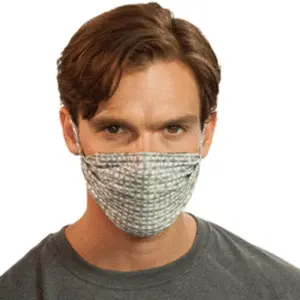
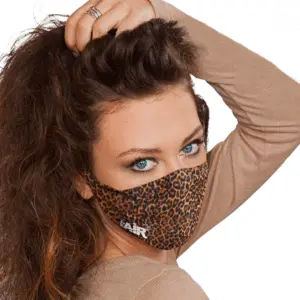
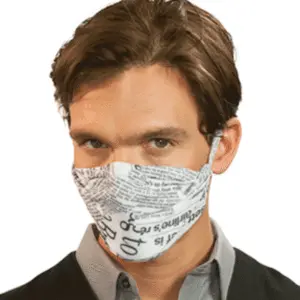



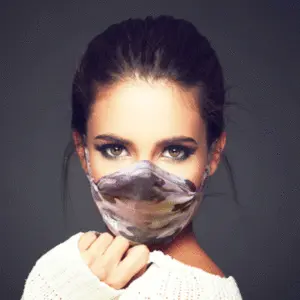
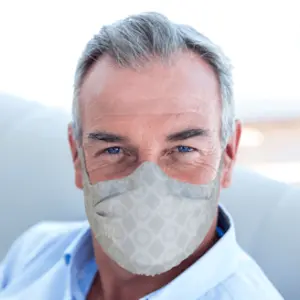
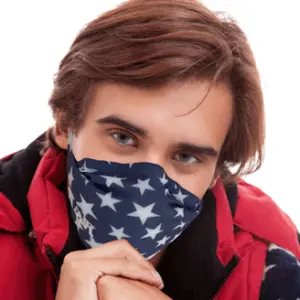

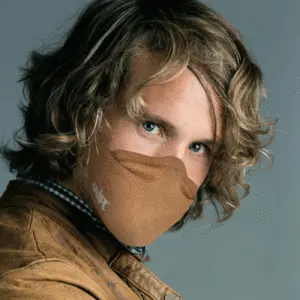

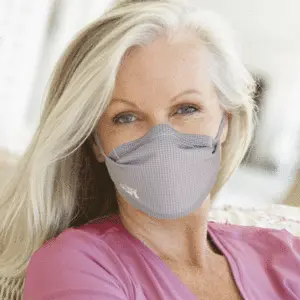
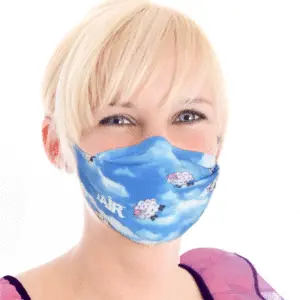
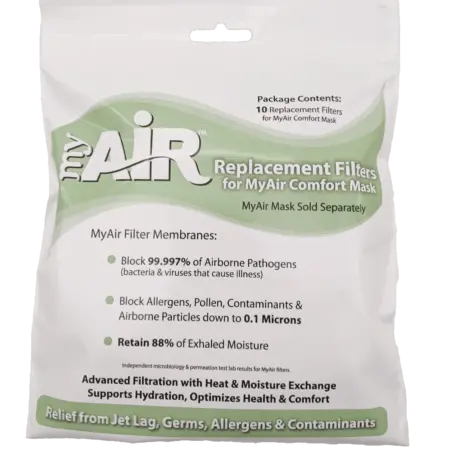
0 Comments